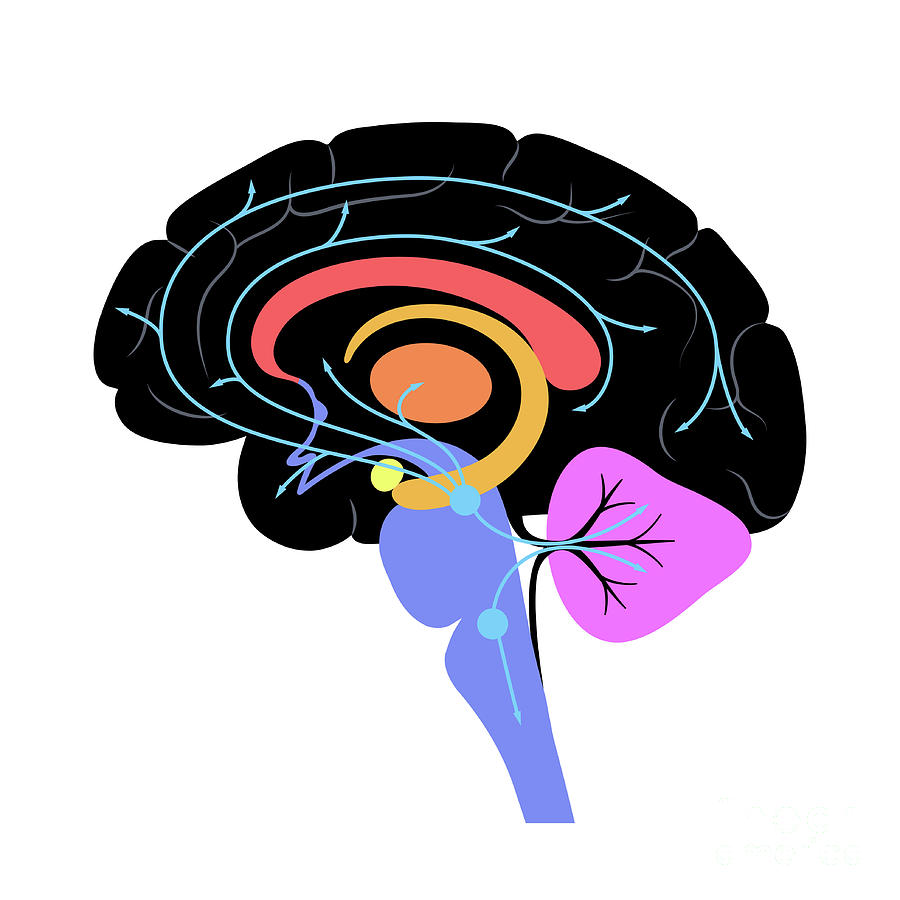Biosynthetic pathway of serotonin Biology Diagrams New findings reveal that the brain's serotonin system - which regulates everything from our moods to our movements - is made up of multiple parallel pathways that affect the brain in

Serotonin, or 5-hydroxytryptamine (5-HT), is a neurotransmitter with an integral physiological role in the human body; it regulates various activities, including behavior, mood, memory, and gastrointestinal homeostasis.[1][2] Serotonin is synthesized in the raphe nuclei of the brainstem and the enterochromaffin cells of the intestinal mucosa.[3][4] Serotonin (/ ˌ s ɛr ə ˈ t oʊ n ɪ n, ˌ s ɪər ə-/) [6] [7] [8] or 5-hydroxytryptamine (5-HT) is a monoamine neurotransmitter.Its biological function is complex, touching on diverse functions including mood, cognition, reward, learning, memory, and numerous physiological processes such as vomiting and vasoconstriction. [9]Serotonin is produced in the central nervous system (CNS Roughly95%of total body serotonin is released into the gut by intestinal enterochromaffin cells , but serotonin is involved at the very moment that food enters the body. Activation of taste-bud cells on the tongue causes serotonin release onto sensory afferent nerves ( 59 ) that transmit taste information to the CNS.

The Expanded Biology of Serotonin Biology Diagrams
Certain brain cells do synthesize 5-HT. The synthesis and primary metabolic pathways of 5-HT are shown in Figure 13-5. The initial step in the synthesis of serotonin is the facilitated transport of the amino acid l-tryptophan from blood into brain. The primary source of tryptophan is dietary protein. Serotonin acts as both a neurotransmitter and as a peripheral hormone. However, most 5-HT production occurs in the enterochromaffin (EC) cells of the intestinal mucosa. The gut is the largest endocrine organ in human body, and it produces almost 95% of all the serotonin. It can signal to our brains when we're full, helping to prevent overeating. In the gut, where most of our body's serotonin resides, it aids in digestion and helps maintain gut motility. For example, serotonin interacts closely with Dopamine Production in the Brain: Pathways S. N. (2007). How to increase serotonin in the human brain

A serotonin pathway identifies aggregate projections from neurons which synthesize and communicate the monoamine neurotransmitter serotonin. [citation needed] These pathways are relevant to different psychiatric and neurological disorders. [1] [2] [3] Pathways. Pathway Group Origin [4] Projections
